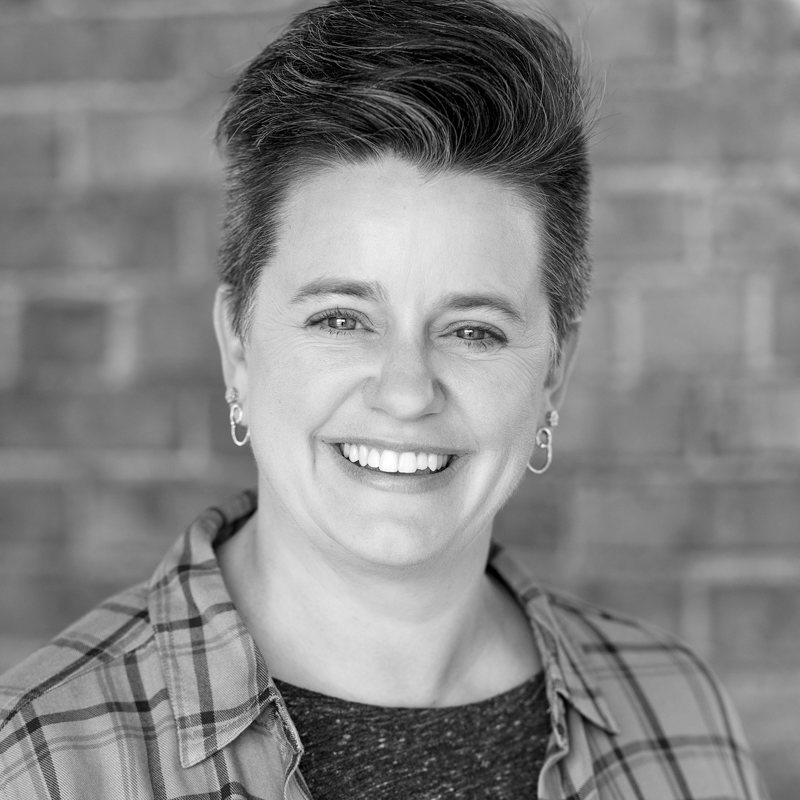Finding My Words
- TheFlunkyChicken

- Mar 2
- 4 min read
Updated: Apr 14
I love words.
I always have.
I love the way they look and sound.
I especially love learning where they came from and how they’ve changed from their origins.

One morning, while sitting in my pajamas, I got curious about the word “pajamas.”
Definitely needed to know where such a word came from, so I searched and found this nugget of knowledge:
“Pajamas, n. also pajamahs, 1800, pai jamahs "loose trousers tied at the waist," worn by Muslims in India and adopted by Europeans there, especially for nightwear, from Hindi pajama, probably from Persian paejamah, literally "leg clothing," from pae "leg" (from PIE root *ped- "foot") + jamah "clothing, garment." The modern U.S. spelling is by 1845; British spelling tends toward pyjamas”
When I posted my finding on social media, a friend dashed out and bought me the book, Why You Say It: The Fascinating Stories Behind Over 600 Everyday Words and Phrases, by Webb Garrison.
(Can I just say? I have some good friends. They really get me.)
But words are more than just the sounds we make with our mouth holes and throat pipes.
They are the puzzle pieces that we try to find to piece together our stories and make sense of our worlds.
Words have power. Even scattered or disjointed words. Words we might still be trying to find a place for.
Words can wound.
While the original intent of the English poem “Sticks and Stones” may have been to inspire resilience against bullying, too many of us have nearly drowned in the seas of damaging words, careless or otherwise, causing deep and lasting wounds that are hard to heal. We know all too well that some words can break us as surely as any stick or stone, and we don’t always bounce back so easily.
Words can also heal.
Words shared in the right context can bring understanding and compassion, even community. They can help us know that we are not alone, that there is hope on the other side of our darkest moments. They can help us imagine a future different from the one we see ahead of us.
These are the words I have worked the hardest to find.
I work hard to figure out how to tell my story because so many other writers had the courage to find their words that helped me see that I was not alone or hopelessly trapped.
I work hard to find the words that tell my story so that others who are living a similar story can imagine a different future than the confusing, blurry reality they are currently living in.
I want you to know that finding your words is closely tied to finding yourself.
Finding your voice can mean finding you.
And telling yourself a different story than the one others are speaking over you matters because you matter.
Another friend I have gave me the wooden rooster puzzle pictured below.
(I seriously have some good friends!)
The puzzle is a beautiful, colorful wooden rooster with a small number of pieces that are in the shape of stand-alone chickens in various poses, each one fitting into the larger puzzle in very unique ways. Clever and beautiful! But challenging to piece together.

Without clear edges, I realized that I was going to have a hard time using my traditional puzzle-piecing strategy of using the edges as anchor points.
Instead, I had to look for patterns, study the edges for pieces that were possible matches. I made piles of the pieces I could recognize and made other piles of pieces that looked similar.

Over the course of several days, I was able to start making progress and my chicken was starting to take shape.

It was almost impossible for me to ignore the parallels between this puzzle and my struggle to piece together my story. It's something I spend a lot of time thinking about these days, doing things like putting together puzzles to give my mind a break from thinking about it at all.
Go figure.
I thought about how some of my experiences have been complete on their own, without being a part of the larger narrative that is my life. Their meaning has been clear to me and has changed little over the years. The work I have now is finding the place for those experiences in the larger context of my overall narrative.
Then there have been so many more stories and memories that feel like those random shapes, pieces that lack the clear lines or obvious patterns of my other experiences. They remained in piles, separate from their place in my story until now.
As for the puzzle, with some time, a little patience—and lots of squinting at the picture on the box—I was able to finally complete it and enjoy the satisfaction of seeing the ultimate purpose of all the various pieces.

Seeing the parallels between the completed puzzle and my ongoing struggle to find the words for my story gave me a little boost in my writing. I felt encouraged to keep working to find those healing words that provide the framework that gives context to all the colorful and complex stories with their weird edges and wild colors.
It gave me hope that I will be able to find a way to fit all the pieces together, to help all the shapes come together to form the mosaic that is the story of my life so far.
And I hope that by piecing together all those parts, even the weird ones that are hard to fit, others can feel encouraged and picture a more hopeful future than they could have imagined while looking at the pieces of their own story.













Opmerkingen